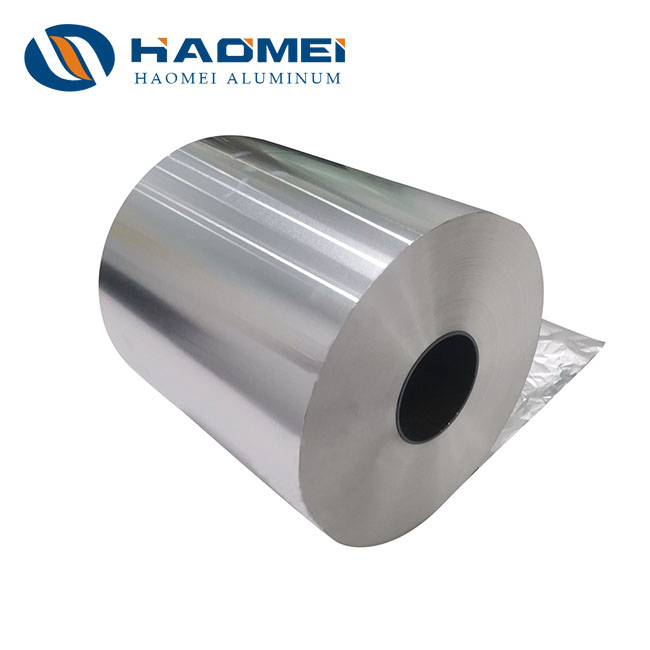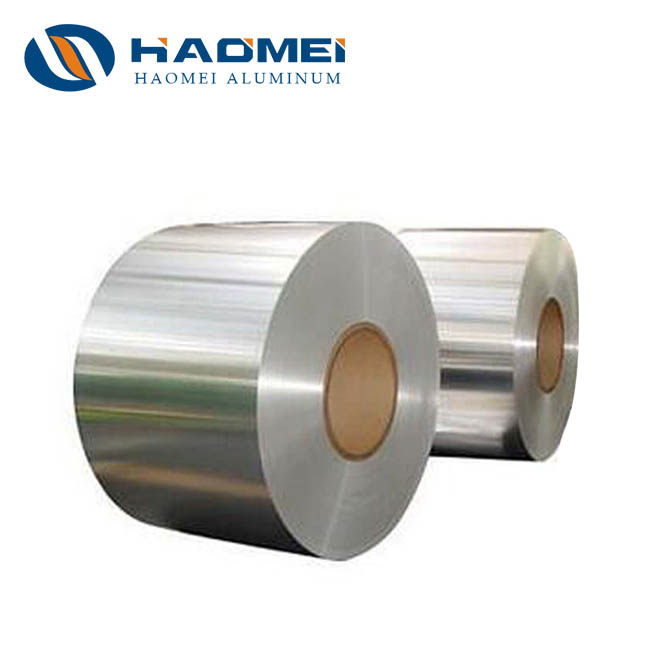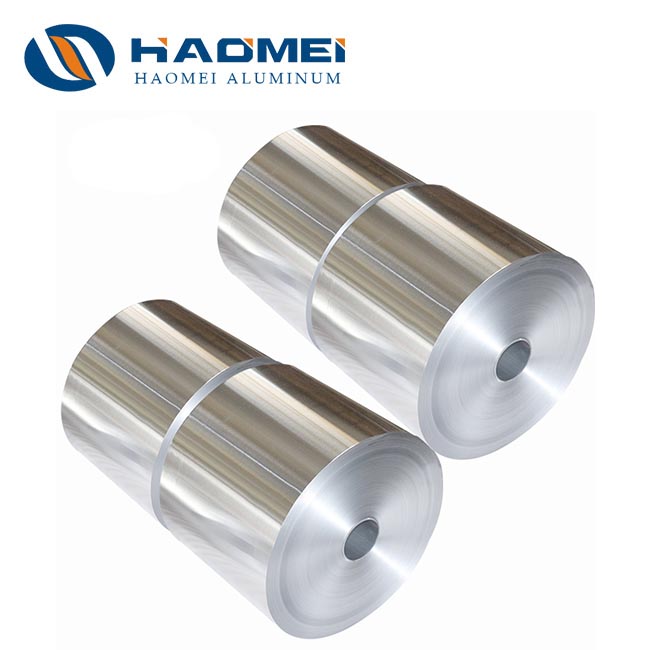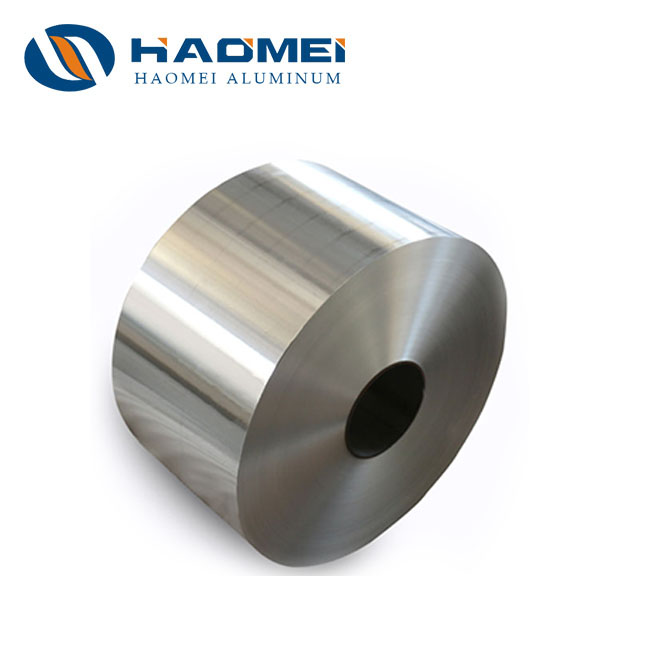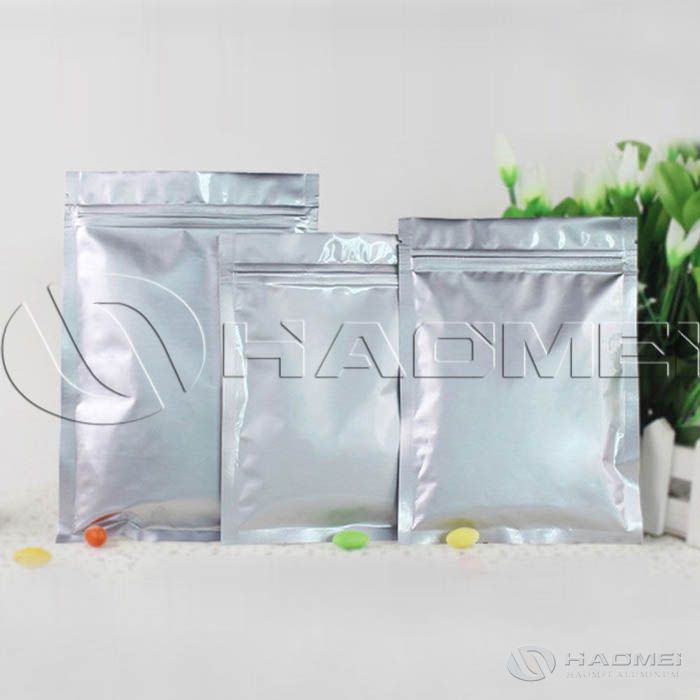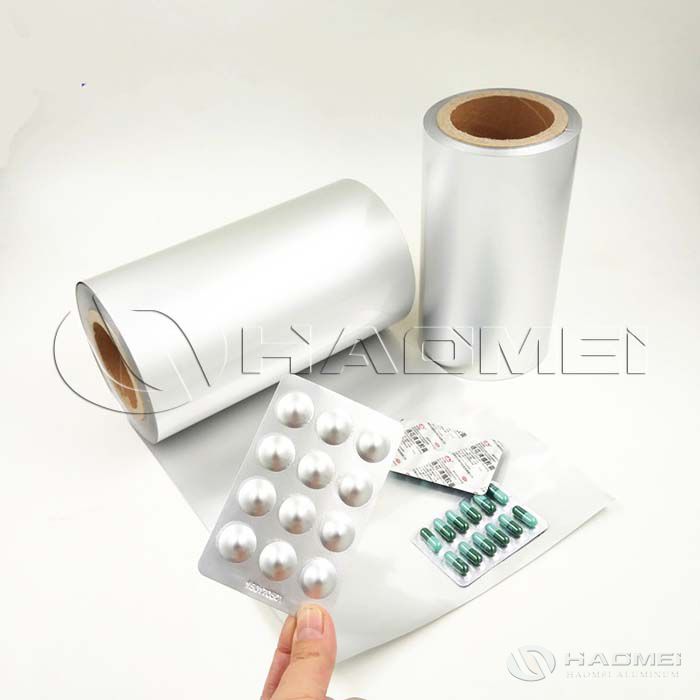Different Tempers of 8011 Aluminum Foil Coil
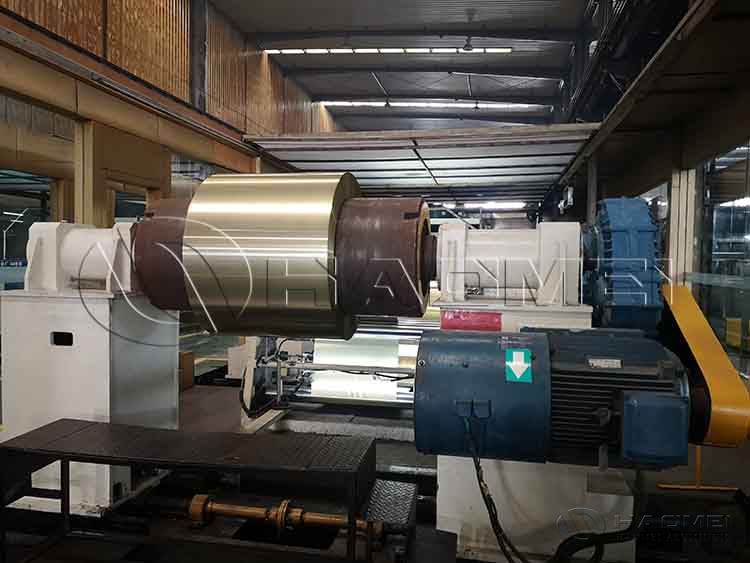
The manganese content of 8011 aluminum foil coil typically ranges from 0.8% to 1.2%. This compositional design avoids the inherent strength limitations of pure aluminum (1 series) while also being less difficult to process than higher-hardness alloys
The manganese content of 8011 aluminum foil coil typically ranges from 0.8% to 1.2%. This compositional design avoids the inherent strength limitations of pure aluminum (1 series) while also being less difficult to process than higher-hardness alloys such as 3 series and 5 series. The most commonly used 8011 aluminum foil rolls on the market are: O, H18, H22, and H24.

1. O (Fully Annealed)
Processing Principle: After a full annealing treatment, internal stresses in the foil are completely eliminated, restoring the crystal structure to a stable state. This results in the lowest hardness and highest ductility among 8011 aluminum foil jumbo rolls.
Core Properties:
Hardness: Extremely low (Vickers hardness HV approximately 20-30), easily bendable by hand with no noticeable springback.
Ductility: Excellent (elongation δ ≥ 25%), capable of withstanding repeated stretching and bending without breaking.
Surface: Soft, with a gentle gloss and no visible signs of processing.
Applications
Stretch film in food packaging (e.g., yogurt covers and cheese wraps) must adhere tightly to the edges of the container to prevent leakage;
The aluminum foil lining of battery soft packs must flex with the shape of the battery while maintaining a tight seal;
The aluminum foil layer of medical protective equipment (e.g., the breathable film composite layer of protective clothing) must adapt to the flexing demands of human movement.
Precautions: Due to its low hardness and weak scratch resistance, avoid contact with sharp objects during transportation and processing.
2. H18 (Fully Hard)
Process Principle: A cold rolling process is used to achieve the maximum processing rate (typically ≥70%) without annealing. The crystals within the aluminum foil are intensely compressed, forming a high-density structure with peak hardness and strength.
Core Properties:
Hardness: Extremely high (Vickers hardness HV approximately 80-90). Manual bending requires considerable force, resulting in noticeable creases and low springback.
Strength: Excellent (tensile strength σb ≥ 200 MPa), with strong tear and stretch resistance and excellent resistance to deformation.
Strength: Good rigidity, maintaining a stable shape without sagging or wrinkling.
Applications
"Hard aluminum foil" used in pharmaceutical packaging (such as the cover of blister packs) must withstand the high-speed pressure of packaging machines while protecting the products from external forces.
Aluminum foil used in heat sinks for air conditioners and refrigerators must maintain structural stability in high-temperature environments to prevent deformation and affect heat dissipation efficiency.
Aluminum foil used for shielding electronic components (such as circuit board shielding) requires a certain degree of structural strength to prevent damage to internal components.
Precautions: Poor ductility prevents complex bending or stretching. Avoid excessive force during processing to prevent cracking.
3. H22 Temper
Processing Principle: After cold rolling, "incomplete annealing" (i.e., intermediate annealing) is performed. The processing rate is lower than that of H18 Temper (approximately 30%-40%). By controlling the annealing temperature and time, the hardness of the aluminum foil is adjusted to between O Temper and H18 Temper, achieving a "semi-hard" effect.
Core Performance
Hardness: Medium (Vickers hardness HV approximately 40-50). It has some resistance to manual bending but can still be easily formed, with slight springback after bending.
Ductility: Good (elongation δ ≥ 10%), capable of withstanding light stretching and bending without breaking.
Deformation Resistance: Better than O Temper, resistant to deformation from minor impacts during daily use.
Applications
Daily product packaging (such as the aluminum foil lining of toothpaste tubes and cosmetic hoses), which must maintain its shape while allowing the contents to be squeezed out;
Aluminum foil tape substrates used in architectural decoration, which must conform to walls or pipes while exhibiting a certain degree of tensile strength to prevent the tape from breaking;
Aluminum foil for gift packaging (such as chocolate wrappers), which requires a certain degree of stiffness while being foldable into various shapes.
4. H24 temper
Processing Principle: Similar to H22 temper, both are incompletely annealed tempers, but with a higher cold rolling rate (approximately 40%-50%), or with a lower annealing temperature and shorter annealing time. Consequently, the hardness is slightly higher and the ductility slightly lower than H22 temper.
Core Performance:
Hardness: Medium-high (Vickers hardness HV approximately 55-65), with significantly greater resistance to bending than H22, resulting in sharper creases.
Strength: Good (tensile strength σb ≥ 150 MPa), with better deformation resistance than H22, suitable for withstanding moderate external forces.
Ductility: Medium (elongation δ ≥ 8%), capable of simple bending but not suitable for repeated stretching.
Applications
The aluminum foil on the body or bottom of a can (the non-stretched portion) must withstand the pressure of filling while also adapting to slight bending of the can.
Insulating aluminum foil for automotive parts (such as engine compartment insulation) must maintain structural stability under vibration while conforming to curved surfaces.
The aluminum foil base material for industrial stretch film must exhibit a certain degree of tear resistance to prevent breakage during wrapping.
Which temper of 8011 aluminum foil to choose
If ductility and formability are your top priorities (e.g., complex bending and stretching), choose aluminum foil 8011 0.
If strength and stiffness are key (e.g., high-strength protection and resistance to deformation), choose 8011- H18.
If you need mild strength with some ductility and low hardness requirements, choose 8011-h22.
If you need moderate strength with basic formability and require slightly higher strength than Grade H22, choose 8011-h24.
Furthermore, you must consider the thickness of the aluminum foil (common thicknesses are 0.01mm-0.2mm). Within the same grade, thinner foils offer better ductility but lower strength; thicker foils offer higher strength but greater processing difficulty. For example, thinner H18 foil (0.01-0.03mm) is suitable for shielding, while thicker foil (0.1-0.2mm) is suitable for heat sinks.
Inquiry
Products Category
Latest Application
-
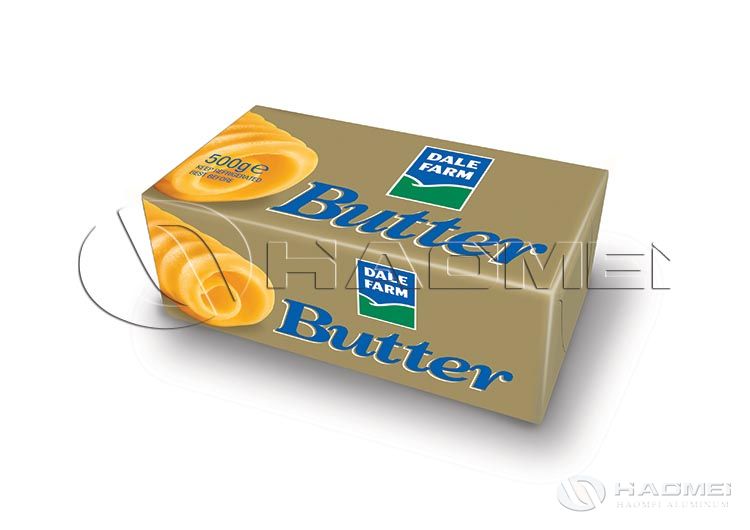 Why butter aluminum foil is neededButter aluminum foil blocks oxygen, moisture, and light, effectively preventing butter from oxidizing and spoiling, preserving nutrients, and significantly extending its shelf life. High-end products can see their sh
application
Why butter aluminum foil is neededButter aluminum foil blocks oxygen, moisture, and light, effectively preventing butter from oxidizing and spoiling, preserving nutrients, and significantly extending its shelf life. High-end products can see their sh
application
-
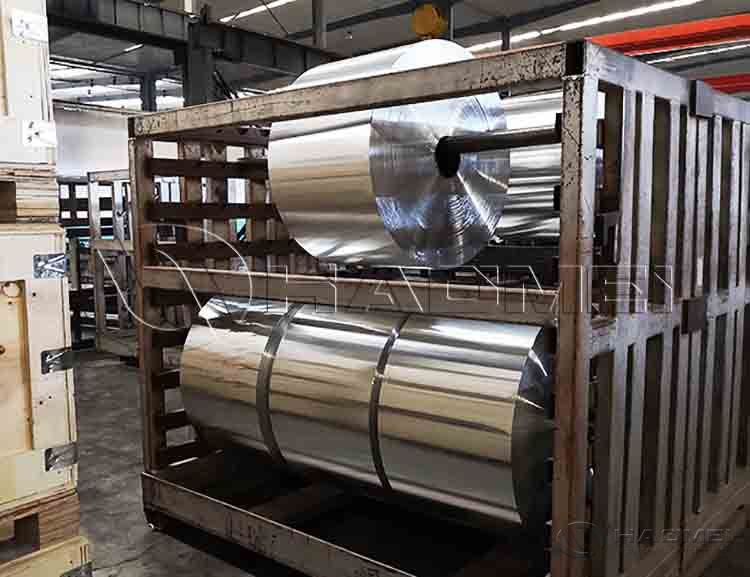 Cables are usually composed of conductors, insulation layers, shielding layers, and sheaths. Aluminum foil for cable is generally located outside the insulation layer as part of the shielding layer. It fits tightly to the surface of the insulation la
application
Cables are usually composed of conductors, insulation layers, shielding layers, and sheaths. Aluminum foil for cable is generally located outside the insulation layer as part of the shielding layer. It fits tightly to the surface of the insulation la
application
-
Aluminum Gold Foil Paper For Chocolate Wrapping
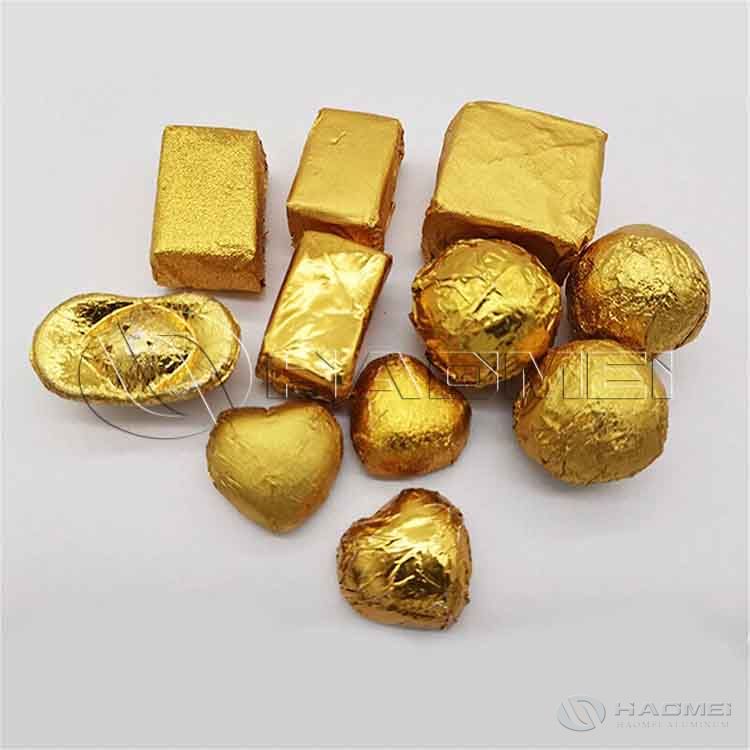 When is aluminum foil used for chocolate wrappingThe use of aluminium foil food for chocolate can be traced back to the early 20th century. In 1911, Swiss candy companies began to wrap chocolate with aluminum foil, gradually replacing the tin foil. T
application
When is aluminum foil used for chocolate wrappingThe use of aluminium foil food for chocolate can be traced back to the early 20th century. In 1911, Swiss candy companies began to wrap chocolate with aluminum foil, gradually replacing the tin foil. T
application
-
PVC Rigid Film and Aluminum Foil for Medicine Packaging
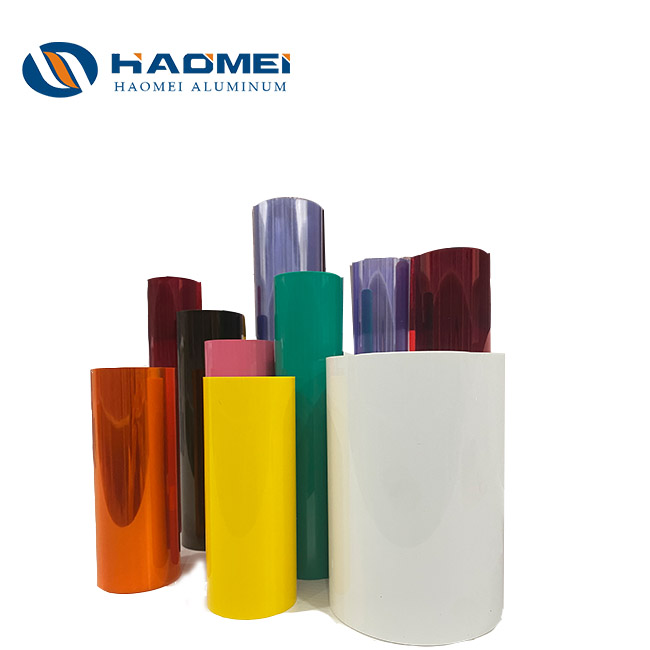 Haomei Aluminum provides different types of aluminum foil and plastic rigid films like PTP aluminum foil, cold forming foil, tropical foil, PVC rigid film, PE/PET film,etc. Best Price! Inquire now.
application
Haomei Aluminum provides different types of aluminum foil and plastic rigid films like PTP aluminum foil, cold forming foil, tropical foil, PVC rigid film, PE/PET film,etc. Best Price! Inquire now.
application
-
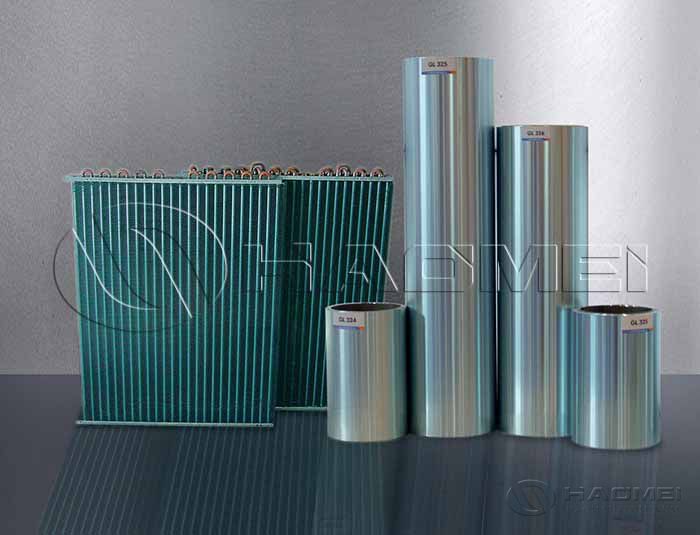 Haomei Aluminum offers you different colors of air conditioner aluminum foil like hydrophilic aluminum foil, including1100/ 3003 /8006/8011 aluminum foil,etc. Learn more.
application
Haomei Aluminum offers you different colors of air conditioner aluminum foil like hydrophilic aluminum foil, including1100/ 3003 /8006/8011 aluminum foil,etc. Learn more.
application
Latest Blog
-
 Composition Purity 1050 Aluminum Foil: Aluminum content is ≥99.5%, belonging to basic high-purity pure aluminum, with no additional alloying elements added, resulting in a simpler composition. 1060 Aluminium Foil: Aluminum content is ≥
Blog
Composition Purity 1050 Aluminum Foil: Aluminum content is ≥99.5%, belonging to basic high-purity pure aluminum, with no additional alloying elements added, resulting in a simpler composition. 1060 Aluminium Foil: Aluminum content is ≥
Blog
-
The Use of Aluminum Foil in Industrial Field
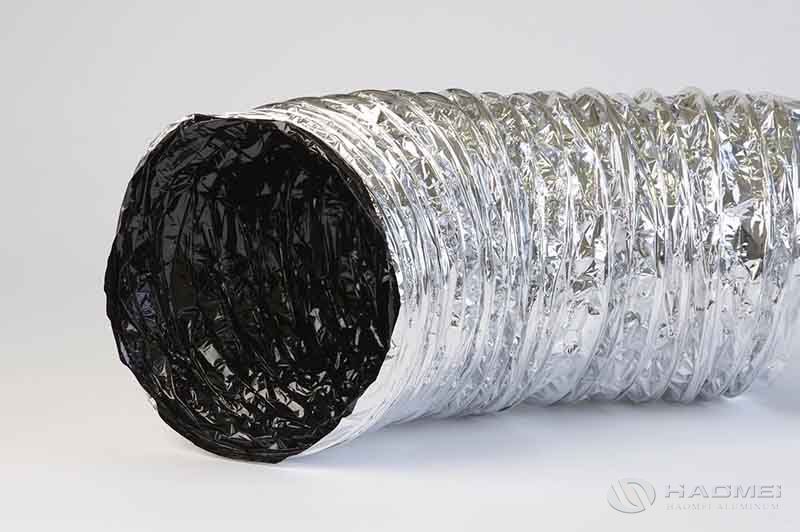 Among the many materials used in industrial production, aluminum foil plays an indispensable role in several key areas due to its unique physicochemical properties.CapacitorsAs crucial components for storing charge in electronic circuits, capacitors are w
Blog
Among the many materials used in industrial production, aluminum foil plays an indispensable role in several key areas due to its unique physicochemical properties.CapacitorsAs crucial components for storing charge in electronic circuits, capacitors are w
Blog
-
Different Forms of Aluminum Foil Package
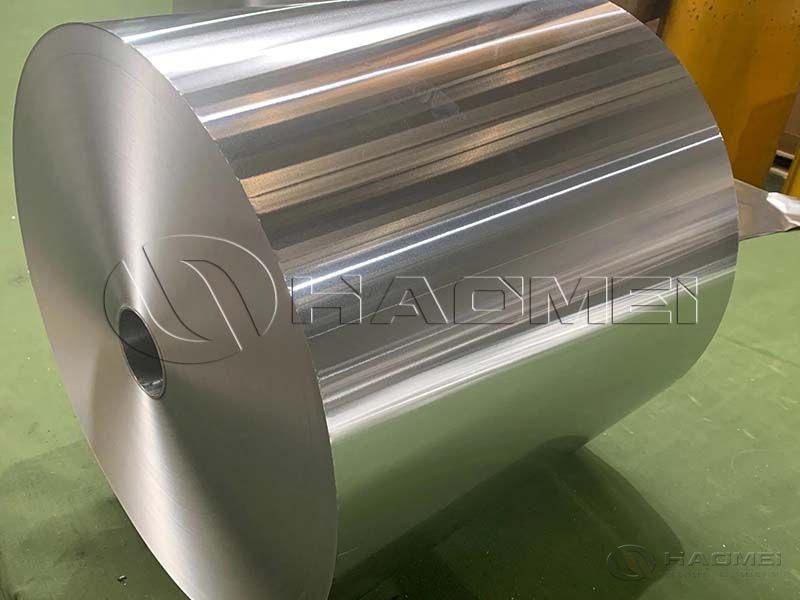 In the modern packaging industry, aluminum foil, thanks to its excellent barrier properties, ductility, and environmental friendliness, has become an ideal choice for a wide range of packaging formats. From everyday takeout containers to flexible packagin
Blog
In the modern packaging industry, aluminum foil, thanks to its excellent barrier properties, ductility, and environmental friendliness, has become an ideal choice for a wide range of packaging formats. From everyday takeout containers to flexible packagin
Blog
-
What Are Popular Uses of Aluminum Foil Alloy 1235
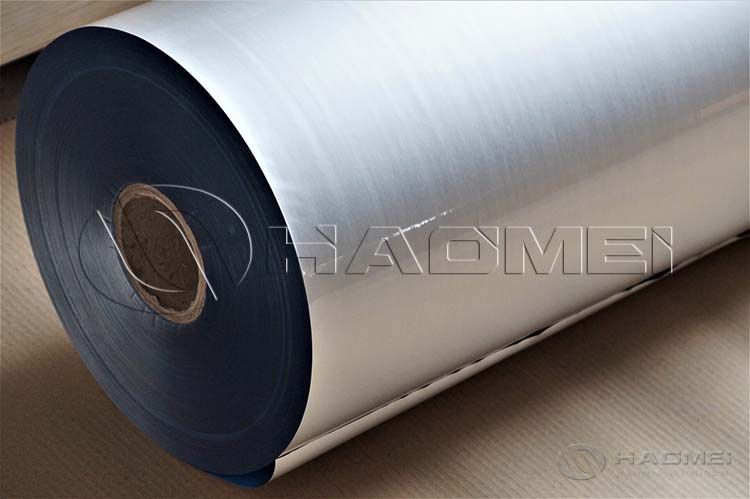 1235 aluminum foil, with its high purity (typically aluminum content exceeding 99.35%), excellent ductility, superior processing properties, and manageable costs, has defied the traditional perception that aluminum foil is "only used for packaging.&q
Blog
1235 aluminum foil, with its high purity (typically aluminum content exceeding 99.35%), excellent ductility, superior processing properties, and manageable costs, has defied the traditional perception that aluminum foil is "only used for packaging.&q
Blog
-
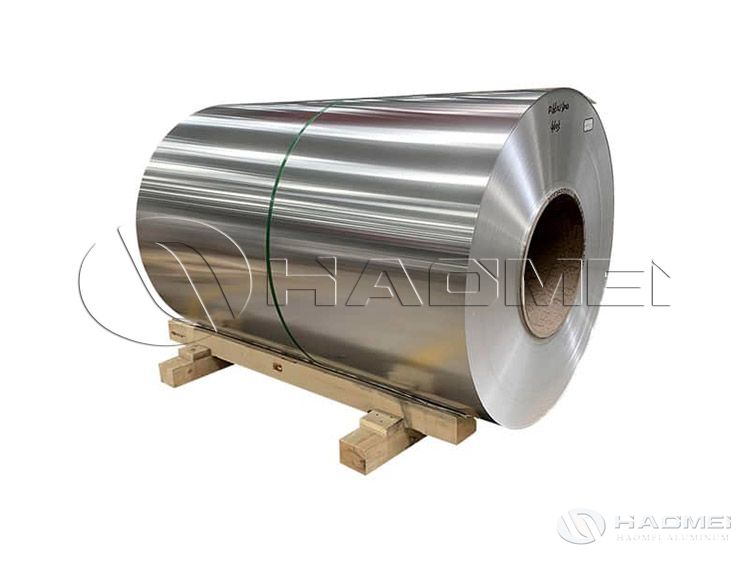 In fields such as packaging, electronics, and pharmaceuticals, 1050 pure aluminum foil, with its high purity of ≥99.5%, combines corrosion resistance, ease of processing, and lightweight advantages, making it a fundamental material in numerous industries.
Blog
In fields such as packaging, electronics, and pharmaceuticals, 1050 pure aluminum foil, with its high purity of ≥99.5%, combines corrosion resistance, ease of processing, and lightweight advantages, making it a fundamental material in numerous industries.
Blog

Haomei Aluminum CO., LTD.
Tel/Whatsapp: +86-15978414719
Email: sale@alumhm.com
Website: https://www.alumfoils.com
Xin'an Industrial Assemble Region,Luoyang,Henan Province,China
Office Add: 1103, No.14 Waihuan Road, CBD, Zhengzhou, China

